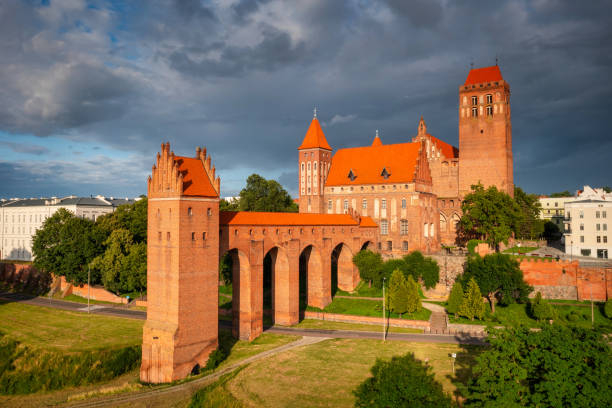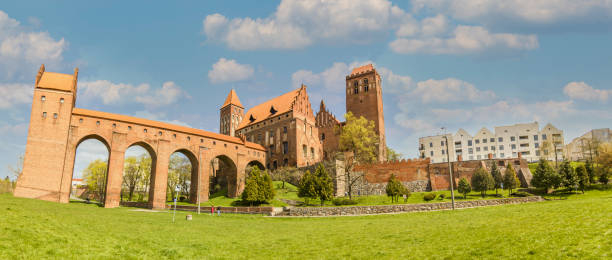Kwidzyn Castle
The Gothic Kwidzyn Castle is an example of Teutonic Knights architecture. It was erected in the 13th century and served as the home of the Pomesanians, a Prussian clan. It has a spectacular and distinctive design because of a bridge that links to the castle and functions as a sewage tower as well as a means of crossing the neighboring river. You must visit Kwidzyn Castle to see the underground medieval crypts, the museum, and the church.
The Swedes largely demolished the stronghold during the 17th century Deluge battles. The castle housed a court from the First Partition of Poland until World War II. The castle was demolished in the 18th century and converted into offices and a school. This alteration was halted by Frederick William IV in 1854, after which the castle was restored. The restored north-western and western wing now houses the Malbork Branch of the Castle Museum. The biggest dansker, as well as a well with a porch, have been maintained.
In Kwidzyn, the castle is located on Gdaska Street. The castle served as a chapter house for the Pomesanians, who erected it in the early 14th century in a square arrangement with a courtyard and square keeps in the castle's corners, and a dansker supported by five arches. In 1410, King Wadysaw II Jagieo took over the fortress while leading fights against the Teutonic Knights. The fortress was returned to the Teutonic Knights by the Second Peace of Toru.
Location: Kwidzyn, Pomeranian Voivodeship, Poland













